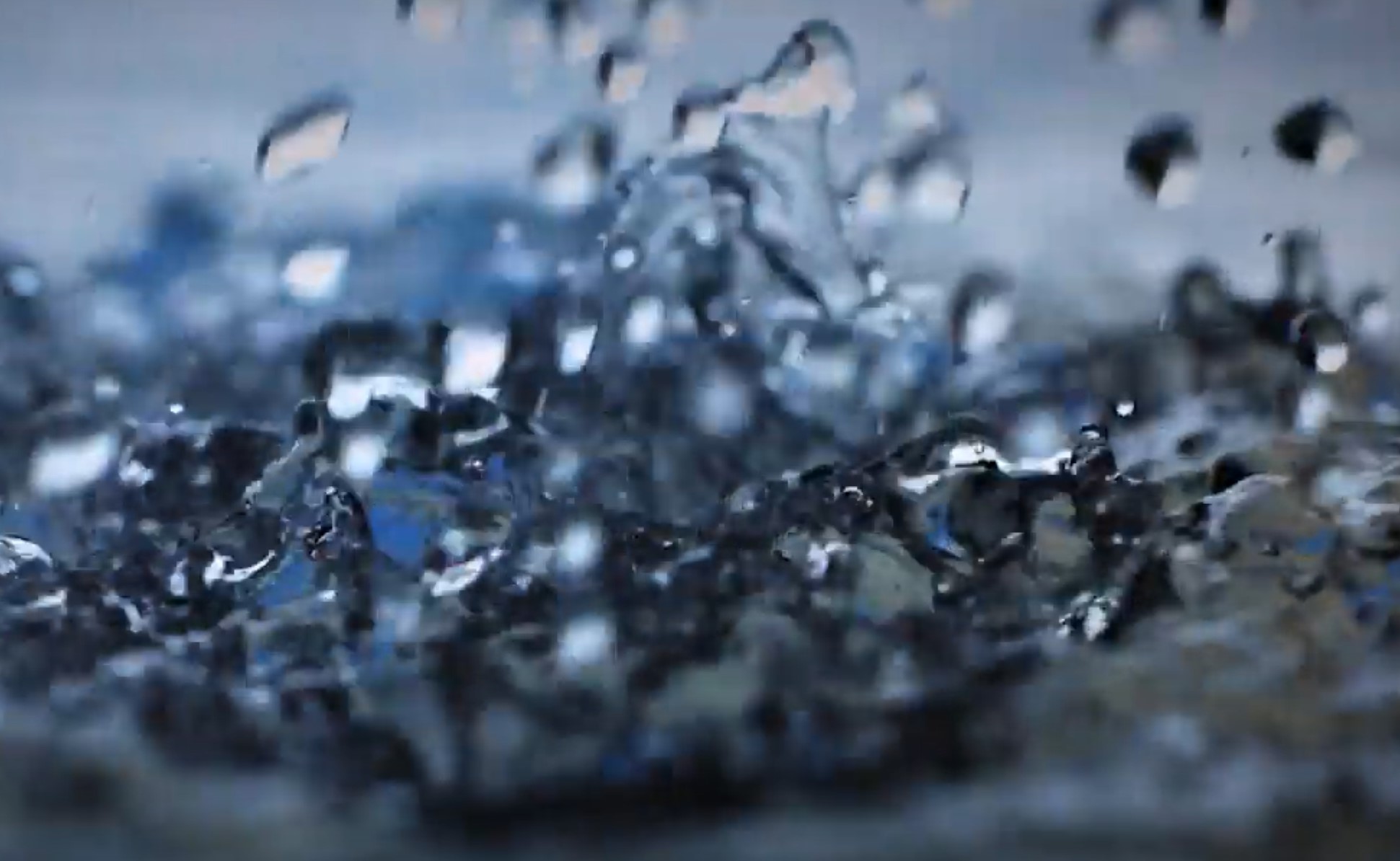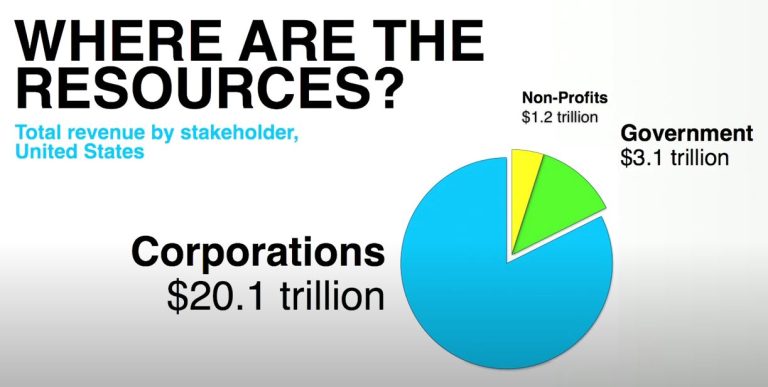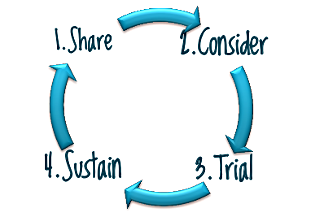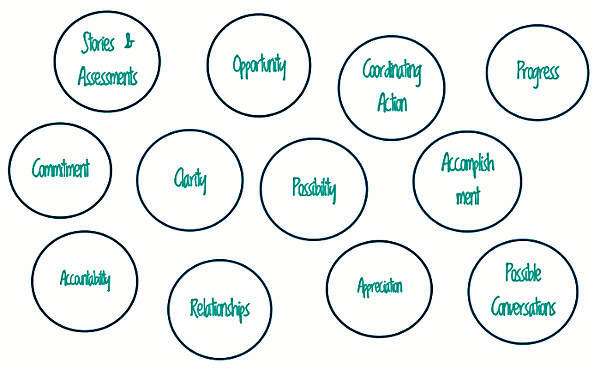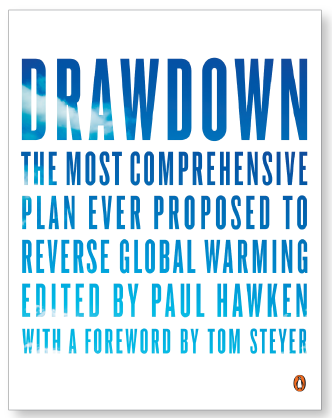The power of Nature – for regenerating YOU
I talk a lot about business models that regenerate nature. In this stressful year it’s well worth reminding ourselves that regeneration goes both ways.
Nature is a powerful way for US to regenerate from stress and fatigue, helping us to thrive.
It’s something that a lot of us know – and that science and neuroscience are now building a solid foundation of evidence for us to stand on.
These new understandings mean that we can more deeply regenerate our beings. And THAT means we can be more effective, engaging in our lives and work.
Some insights from Attention Restoration Theory
The study of Attention Restoration Theory has a growing body of evidence on how being in a natural environment can reduce stress and improve cognitive function. It can help with healing brain injury and depression. Not to mention boosting our creativity.
To put it technically:
“ART suggests that nature has specific restorative effects on the prefrontal cortex-mediated executive attentional system, which can become depleted with overuse.
“Creativity in the Wild
A 1995 paper by Kaplan in the Journal of Environmental Psychology The Restorative Benefits of Nature: Toward an Integrative Framework pulled together work dating back to 1895.
The science behind this is explained beautifully in Episode 5 of the podcast Brain On Nature – created by journalist Sarah Allely after a 2015 head injury left her unable to read, write, watch TV or listen to podcasts.
The process of restoration is thought to proceed through 4 stages:
- Clearing the head – allowing thoughts to leave your head, ending the concentrated mental work of directed attention
- Mental fatigue recovery – the same way that you rest after exercise, also rest after intense periods of concentration
- Soft fascination, or interest – gentle use of your “interest” muscle similar to stretching after intense exercise
- Reflection and restoration – refocussing, replanning
The process is helped along by a restorative environment that:
- Engages multiple senses – sight, sound, scent and touch.
- Supports the best type of focus for restoration – soft focus. Soft focus might be a feeling of gentle appreciation of something beautiful in the environment
- Helps you to be immersed and engaged in the present and the natural world, letting go of the looping conversations in your head
- Is somewhat familiar and non-threatening – not so new, demanding or different it demands concentration.
Applying A.R.T.
So when you go for a walk in nature, it could be valuable to go with a bit of intention. To think about what evokes “soft focus” in you – a moment of peaceful wonder and watch for those things as you walk. Because your walk in nature won’t regenerate you if you’re listening to the voices in your head or on the phone.
Even if you’re city-bound, find a tree to observe, a river to walk beside or a fountain to spend time with.
I fall into “soft fascination” for small birds and tiny flowers – so when I walk in my Australian outer suburb, I look out for blue wrens, thornbills and pink heath. Plus, I have a “bringing back the bush” project for lockdown – controlling blackberries in a nearby forest remnant. (If I’m not paying attention, a blackberry cane in the face brings me right back to the present.)
A video introduction to A.R.T.
Here’s expert David Strayer – researcher on brain-based measures of cognitive restoration – speaking about Restoring Your Brain With Nature.
Blue Mind, water and regeneration
Some natural environments lead us more strongly to mindfulness and regeneration than others, Environments with water enhance and expand our ability to become mindful.
Marine biologist and turtle lover Wallace J. Nichols got so fascinated with the healing effects of water environments that he developed the study of neuroconservation – the application of cognitive science to the restoration and protection of ecosystems and endangered species.
His work starts with exploring the state of Blue Mind – “the mildly meditative sense characterised by calm, peacefulness and a general sense of happiness.”
Water-based landscapes have all the qualities A.R.T. identifies for a regenerative environment – they’re places that can help us shift out of the Red Mind of stress and the Grey Mind of depression and despair.
Blue Mind is a sense that most of us have when we’re near, in or under water in a visually simplifer and auditorially simplifer environment. It’s storngest when we’re in the water. The effort of supporting our body is reduced – so we’re also somatically “simplified”.
Nichols is the author of the book Blue Mind where he suggests that taking care of our planet starts with this basic:
“Get in your water – you’re going to be the best water warrior if you’re touching your water”
He proposes that – to be most effective as change agents – we need to get back to our Blue Mind. Not just so we can restore ourselves – but so that we can attract and engage others in regenerative action.
If you’re seeking a little calm, this meditative piece on Exploring Our Blue Mind could be helpful.
Insanity is doing the same thing over and over
Most of the environmental messaging of the last 40 years has been Red Mind messaging around fear and threat. There’s now an growing Grey Mind thread of depression and despair.
As Nichols points out, both are effective ways to create resistance and inaction – NOT engagement and creative innovation.
In addition to personal healing and regeneration stories, the book Blue Mind is full of insight into the neurobiology behind human behaviour. So even if you’re feeling “I’m OK” it’s well worth exploring it for ways to build your change-agent super powers.
(More on that in the future)
How are you restoring yourself?
I’m writing this in COVID-19 stage 4 lockdown in August 2020. Across the world from me, a city has just been destroyed – not by terrorism but by poorly stored fertilizer.
In a time of increasing anxiety and stress (Red Mind) and fearful depression (Grey Mind) it seems important to take care of ourselves by exploring ways to enter our own Blue Mind.
“You can’t solve a problem from the mindset that created it” -Einstein
AND
“The most powerful place to change a system is in the paradigm and mindset from which it was created.” -Meadows
We need cleaner, safer industrial design paradigms – and we have them in everything from Doughnut Economics to Biomimcry.
However, we also need smarter approaches to the process of regenerating human systems. So maybe it’s time to add some Blue Mind to your Blue Economy.

